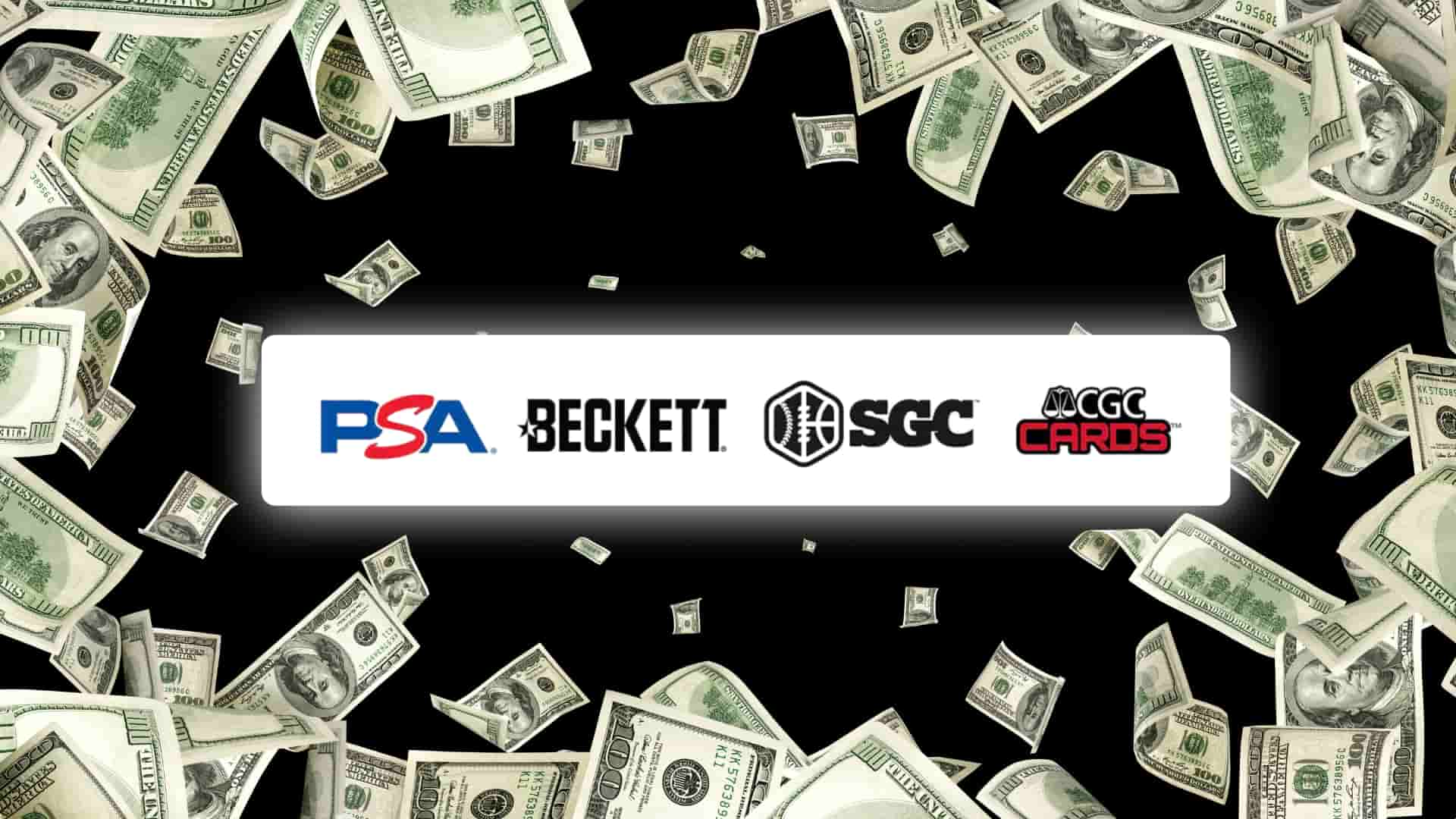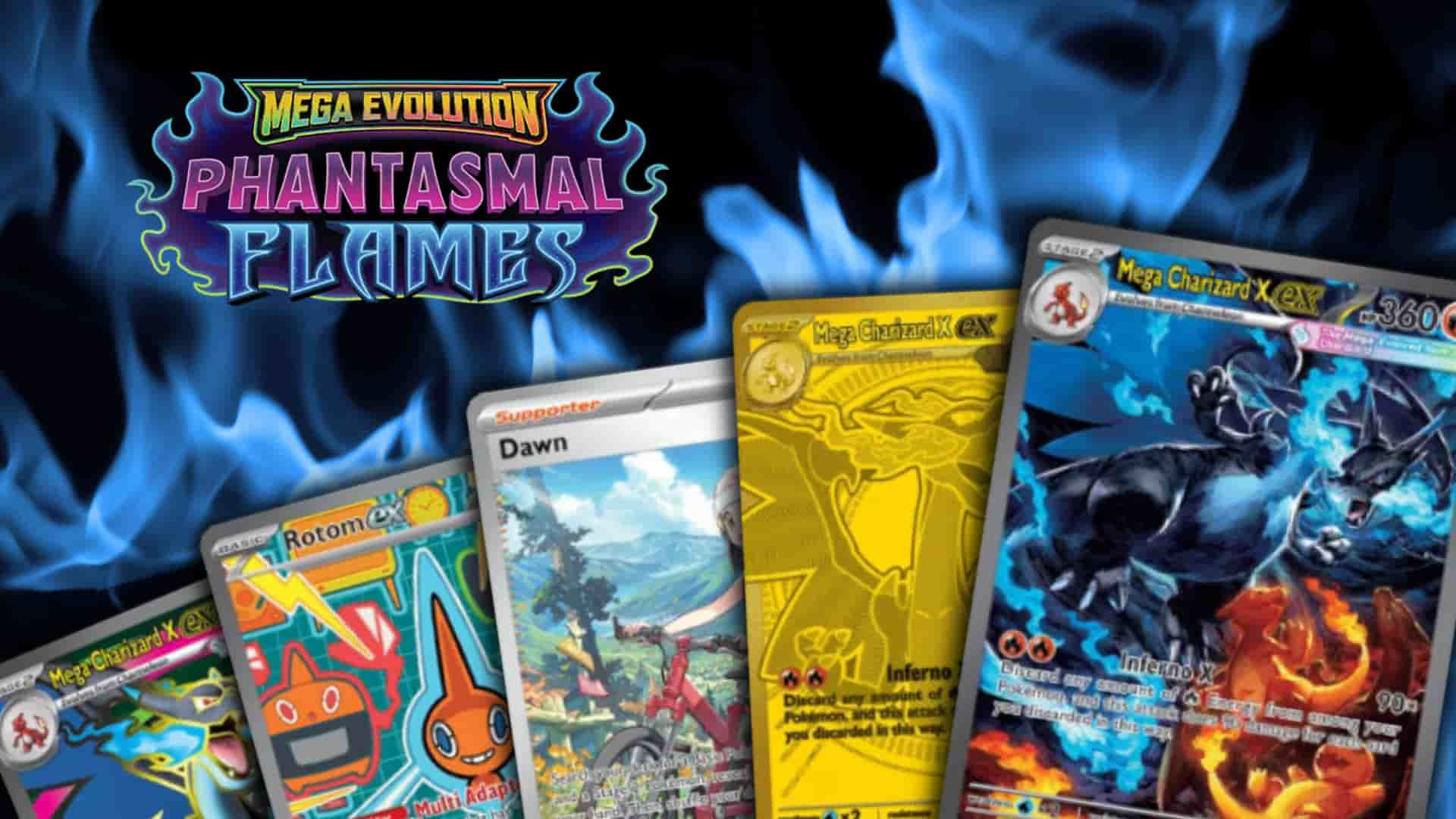Picture this: you’re at a local meetup, binder in hand, ready to finally trade for that one alternate art card that’s been eluding you. You find someone who has it, they find a card they want in your collection, and everything seems perfect. You’re about to make the swap when they hit you with it: “Just so you know, I value your cards at 80%.”
Suddenly, the friendly trade feels more like a Team Rocket shakedown. What just happened?
Welcome, fellow trainer, to one of the most heated debates in the Pokémon TCG world for the past few months: the “80% rule.” This simple percentage has managed to divide the community, sparking everything from lengthy Reddit threads to declarations of wanting to burn the whole hobby down.
But is it always a raw deal? Or are there times when it actually makes sense? The truth is, the Pokémon TCG isn’t just a kid’s game anymore; for many, it’s a serious market, which goes a long way in explaining why Pokémon cards are so expensive nowadays. This has brought a whole new set of players to the table, and not all of them are just trying to “catch ’em all.”
Let’s figure out what this whole 80% thing is really about. We’ll see if there are cases where it’s a totally fair business practice, when it’s a major collector faux pas, and how you should handle those trading situations in the future.
The 80/100 Split: What’s the Math?
Before we get into the drama, let’s make sure we’re all on the same page. The 80% rule is simple: one person in the transaction decides your $100 card is only worth $80 of their stuff.
It usually plays out in one of two ways:
- A Lopsided Swap: They’ll offer you $80 worth of their cards for your $100 card. It’s like trading your Charizard for their Blastoise, but they insist your Charizard has the stats of a Charmander.
- The “Credit” System: Your $100 card becomes an “$80 credit” toward something they have. So, to get their $150 card, you’d have to give them your $100 card plus another $70 in value.
Either way, one person is aiming to come out 20% ahead. It’s a move that shifts a friendly exchange into a business transaction where profit is the main attack.
How Do We Even Know What 100% Is?
This whole debate is only possible because we live in an age of incredible market transparency, and it all starts with understanding what makes a Pokémon card valuable in the first place. Back in the day, you might have traded based on a dusty price guide or just a gut feeling. Now, we have real-time data at our fingertips that gives us a solid “100%” benchmark.
- TCGPlayer Market Price: This is the gold standard for most of the community. TCGPlayer calculates this price based on what cards have actually sold for recently. This is key—it’s not what sellers are asking, but what buyers are paying. It’s the difference between a car’s sticker price and what someone actually paid to drive it off the lot.
- eBay Sold Listings: The other pillar of value is eBay. By filtering for “Sold / Completed Items,” you can see a history of actual sales for any given card. This gives you a rock-solid idea of a card’s true market value, cutting through the noise of overpriced “Buy It Now” listings that just sit there forever.
Of course, all of this depends on one crucial factor, and if you’re serious about trading, it’s worth taking a moment to get Pokémon card conditions explained. A Near Mint card is going to be worth way more than one that looks like it’s been through a battle with a Snorlax. So, before any percentages get thrown around, both trainers need to agree on the card’s condition and its corresponding 100% market value.
To make it easier, here’s a quick cheat sheet on when you might encounter these percentages:
| Your Trading Scenario | What They’ll Likely Offer for Your Cards | The Logic Behind It | Is This Cool with the Community? |
| You vs. a Local Card Shop (LCS) | 60-70% in trade, 50-65% in cash | They have rent, staff, and bills to pay. They need to buy low to sell at market price and make a profit. | Totally Normal |
| You vs. a Seller Who Wants Cash | 80-90% of market value | They wanted cash, not more cards to sell. The discount is for the hassle of turning your trade back into money. | Mostly Okay |
| You vs. a Known Reseller | 80-90% of market value | They’re in it for profit. You’re paying for the convenience of a quick, local cash sale without online fees. | Usually Fine |
| You vs. Another Collector (Binder to Binder) | 100% of market value | You’re both just trying to complete your sets. It’s about mutual benefit, not making a buck. | Not Cool (to offer less than 100%) |
| Random Person on Facebook Demanding 80% | 80% of market value | They’re trying to get a business profit margin without running a business. | Get Outta Here! |
Export to Sheets

Track Your TCG Collection
Create your free Card Codex account to monitor card prices, view real-time market trends, and analyse your portfolio’s growth.
Start Tracking Now — It’s FreeThe Shopkeeper’s Side: Why Your LCS Isn’t Trying to Rip You Off
Okay, let’s talk about the place where offering less than 100% is completely normal and expected: your Local Card Shop (LCS) or a vendor at a convention. If you walk in and they offer you 60% cash for your cards, they’re not trying to pull a fast one—they’re trying to keep the lights on.
Think about it. A shop has overhead: rent, employee salaries, utilities, and the cost of setting up at events. If they buy your $100 card for $100, they can’t make any money, because no informed buyer will pay more than the market price. The only way for them to create a profit margin is to acquire inventory for less than its market value. This is standard practice in every TCG, from Magic: The Gathering to Yu-Gi-Oh!.
Plus, they’re offering you a valuable service: convenience, which is a major factor when deciding where to sell Pokémon cards. You can either spend hours taking photos, writing listings, packing cards, and dealing with shipping, or you can walk into a shop and get cash or credit instantly. That discount is the price you pay to skip all that work.
Here’s the real kicker: even if you sell that $100 card online yourself, you’re not walking away with a full $100. After platform fees from places like eBay (which can be around 13-15%), plus the cost of shipping supplies and postage, you’re often left with… you guessed it, about $80-$85. So, when a vendor offers you 80% in person, they’re essentially offering you the same net profit, but with zero effort and zero risk on your part. When you look at it that way, it suddenly seems a lot more reasonable.
Team Rocket Wannabes: When Regular Trainers Try to Profit
Now we get to the spicy part. While the 80% rule makes perfect sense for a business, it becomes a major problem when a regular collector tries to pull the same move in a peer-to-peer trade. This is where the community often draws a hard line in the sand.
The Unspoken Trainer’s Code
At its heart, the Pokémon TCG is a TRADING card game. For a huge part of the community, the goal of trading isn’t to make money off each other; it’s to help each other out. You have a card I need for my set, I have one you need for yours. We make a fair, 1-for-1 swap based on market value, maybe with a little cash to even things out, and we both walk away happy. This is the spirit of the hobby—a collaborative effort built on a shared passion.
The “Pseudo-Vendor” Problem
The conflict erupts when someone—let’s call them a “pseudo-vendor”—tries to apply business logic to a social hobby. This is the person in a Facebook group who has no storefront, no overhead, and no business risks, yet demands to value your cards at 80% while theirs remain at 100%.
In the eyes of the community, this is just plain greedy. They’re trying to claim the profit margin of a business without providing any of the services. They want to “win” the trade at your expense, turning a fun interaction into a zero-sum game. This behavior is often seen as a sign of the ‘hustle culture’ bleeding into the hobby, part of the larger, frustrating question of if anyone can stop the Pokémon scalpers.
The Community’s Counter-Attack
So, what do you do when you encounter one of these pseudo-vendors? The community has developed a perfect counter-play, and it’s as effective as a super-effective STAB move.
You simply say: “Cool, so do I.”
This immediately creates a stalemate. If they value your $100 card at $80, then you value their $80 in cards at 80% of that value, which is $64. It’s a simple, brilliant move that exposes the absurdity of their one-sided rule and forces them to either trade fairly or admit they were just trying to make a quick buck.
The “For Sale, Not For Trade” Conundrum
Between the clear-cut rules for businesses and collectors lies a tricky gray area. What happens when someone lists a card as “For Sale,” and you slide into their DMs offering a trade instead?
This is a whole different ball game. When a person lists a card for sale, their goal is cash. Cash is the most liquid asset there is—it’s like a Master Ball that can be used for anything. Your trade offer, on the other hand, is a less liquid asset. To get the cash they originally wanted, they now have to take on the extra work of selling the cards you just gave them.
In this scenario, it’s widely considered reasonable for the seller to value your trade offer at a discount, like 80% or 90%. That 10-20% isn’t greed; it’s a convenience fee. It’s compensation for the hassle and the extra time they have to spend to complete their original mission of getting cash. You’re asking them to do extra work, so it’s only fair that they get a little something for it.
So, How Should You Trade?
Navigating the modern Pokémon TCG market can feel like a challenge, but it doesn’t have to be. Now that you’re armed with this knowledge, you can trade with confidence. Just remember these key principles:
- Know Your Opponent: Are you dealing with a business, a fellow collector, or someone just trying to sell for cash? The context is everything.
- Do Your Homework: Always look up the TCGPlayer Market Price or eBay sold listings. Fair trades are built on good data that both people can agree on.
- Respect the Hobby: When you’re trading with another collector to help each other’s binders, stick to 100% value. It keeps the community strong and friendly.
- Know When to Walk Away: If a trade feels unfair or someone is being unreasonable, it’s perfectly fine to say “no thanks” and walk away. There will always be another trade.
At the end of the day, whether you’re a collector, a player, or a bit of both, understanding these unwritten rules helps everyone have a better time. The 80% rule isn’t just a number—it’s a reflection of the hobby’s ongoing evolution from a simple pastime to a complex and fascinating marketplace.
Happy trading, trainers!







